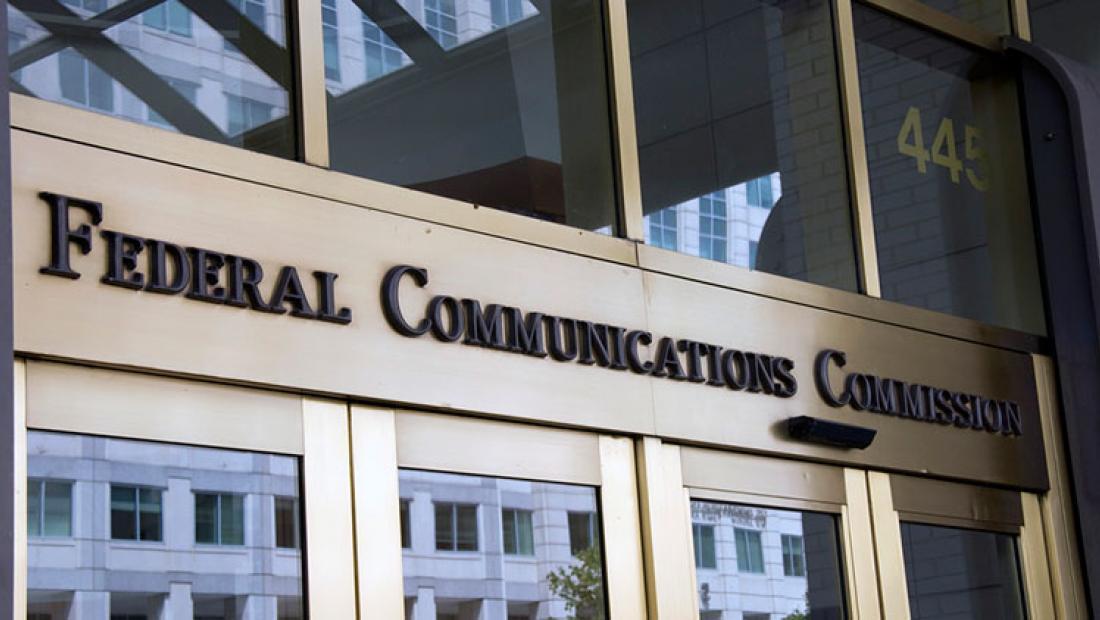FCC: Human Error, Lack Of Safeguards Led to False Alarm

The FCC's Homeland Security Bureau's preliminary investigation of Hawaii's false alarm ballistic missile alert found that the state did not have a plan for what to do if a false alarm was issued, or a plan to correct.
The FCC bureau, in a report at the FCC's Jan. 30 public meeting, said that the alert was issued due to a miscommunication between the night shift and day shift of Hawaii's emergency management agency, exacerbated by a failure to quickly communicate that the alert was sent in error--a warning official said he mistook a drill for the real thing, though the FCC said it was unclear whether that was the case or whether it was inadvertently sent despite knowing it was a drill.
While human error was the cause, the bureau also found that the software used to send the alert did not differentiate between a test and a live alarm, and allowed both to be triggered with the same credentials, with pre-prepared templates making it easy to launch the alert without having to sufficiently focusing on the contents
FCC chairman Ajit Pai, who said the only thing triggered in Hawaii was panic and outrage, justified in both cases. He said he was most troubled by the state's failure to have proper safeguards to prevent human error from causing such a false alarm and it had no plan for what to do if such an alert were sent. He said that should be a lesson to all states to have both.
Related: Pai Praises Broadcast First Informers
The commissioners were in agreement that changes were necessary, though Commissioner Michael O'Rielly emphasized that communications providers did nothing wrong, pointing out that carriers got the message out, false or not, which was their role, and that the issue was with emergency officials and processes.
Commissioner Jessica Rosenworcel emphasized that time is of the essence and new and better practices for all stakeholders needed to be in place ASAP. She also invoked the current nuclear angst stemming from North Korea threat and war of words between the two countries, saying that residents of Hawaii, “like all of us, are aware of new vulnerabilities in the Pacific.”
"Today’s preliminary report is not the end of our work on this issue, but the beginning. In the weeks to come, the Bureau will produce a final report on this incident," said the chairman. "And the FCC will work with federal, state, and local officials to explore appropriate actions and/or develop best practices. We want to minimize both the chances of future false alerts being issued as well as the impact of any such false alerts."
In addition to the Hawaii report, the FCC meeting included a vote on a related issue: Unanimously approving an item to better geo-target wireless emergency alerts as part of the Wireless Emergency Alert (WEA) system. "Recent events in California and Hawaii remind us of the urgency of improving WEA," said Commissioner Brendan Carr.
The wireless alert geo-targeting item also requires that alerts be available to consumers on their phones and other devices for 24 hours after they are received or until they are deleted, and "harmonizes" the deadlines for supporting Spanish-language alerts and supporting expanded alerts from 90 to 360 characters to May 1, 2019.
The smarter way to stay on top of broadcasting and cable industry. Sign up below
Contributing editor John Eggerton has been an editor and/or writer on media regulation, legislation and policy for over four decades, including covering the FCC, FTC, Congress, the major media trade associations, and the federal courts. In addition to Multichannel News and Broadcasting + Cable, his work has appeared in Radio World, TV Technology, TV Fax, This Week in Consumer Electronics, Variety and the Encyclopedia Britannica.

